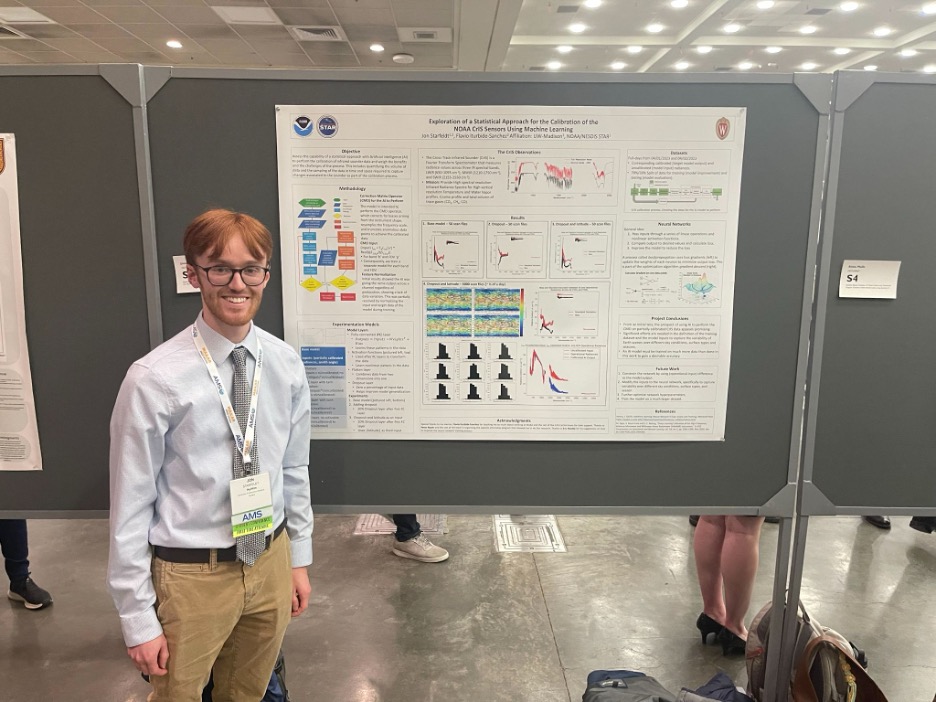AOS Undergraduate Program
 The study of atmospheric and oceanic sciences includes all aspects of the atmosphere and physical oceanography, their mutual interaction, and their interaction with space and the rest of the earth system. Although a primary goal is to understand the atmosphere and ocean for the purpose of predicting the weather, atmospheric and oceanic sciences embraces much more: motions at large, medium, and small scales; past, present, and future climates; air chemistry and quality; clouds and precipitation; and solar and terrestrial radiation. In many areas, new remote-sensing technology including satellites is used to provide circulation patterns at both global and local scales.
The study of atmospheric and oceanic sciences includes all aspects of the atmosphere and physical oceanography, their mutual interaction, and their interaction with space and the rest of the earth system. Although a primary goal is to understand the atmosphere and ocean for the purpose of predicting the weather, atmospheric and oceanic sciences embraces much more: motions at large, medium, and small scales; past, present, and future climates; air chemistry and quality; clouds and precipitation; and solar and terrestrial radiation. In many areas, new remote-sensing technology including satellites is used to provide circulation patterns at both global and local scales.
 Many undergraduates take an elementary atmospheric and oceanic sciences course to meet part of their natural or physical science breadth requirements. Other students, who have had sufficient mathematics and physics preparation, take higher level atmospheric and oceanic sciences courses to complement their major work in other fields of natural science. An atmospheric and oceanic sciences major receives a thorough introduction to the basic concepts and tools in the core courses, which cover the physics and dynamics of the atmosphere and ocean. An array of elective courses are offered in the senior year, with tracks in the areas of weather systems, earth/environmental science, and general and applied atmospheric and oceanic sciences. Elective groups are tailored individually. Some students will want preparation for careers in areas such as operational forecasting, environmental consulting, and broadcasting. Others will seek preparation for graduate work leading to a broader range of careers.
Many undergraduates take an elementary atmospheric and oceanic sciences course to meet part of their natural or physical science breadth requirements. Other students, who have had sufficient mathematics and physics preparation, take higher level atmospheric and oceanic sciences courses to complement their major work in other fields of natural science. An atmospheric and oceanic sciences major receives a thorough introduction to the basic concepts and tools in the core courses, which cover the physics and dynamics of the atmosphere and ocean. An array of elective courses are offered in the senior year, with tracks in the areas of weather systems, earth/environmental science, and general and applied atmospheric and oceanic sciences. Elective groups are tailored individually. Some students will want preparation for careers in areas such as operational forecasting, environmental consulting, and broadcasting. Others will seek preparation for graduate work leading to a broader range of careers.
